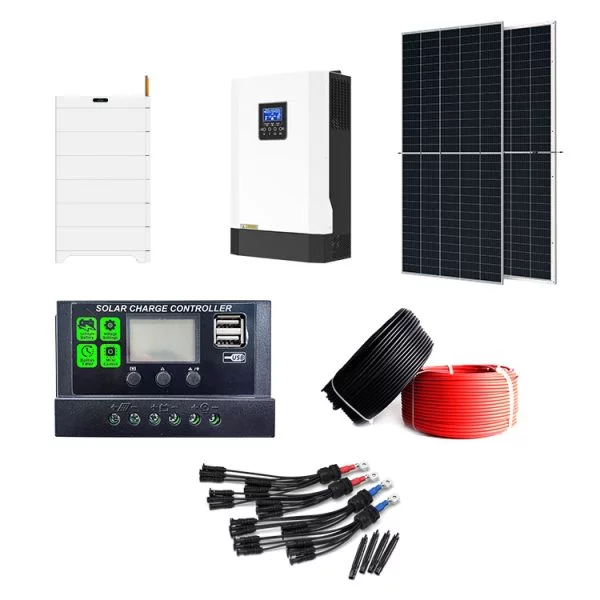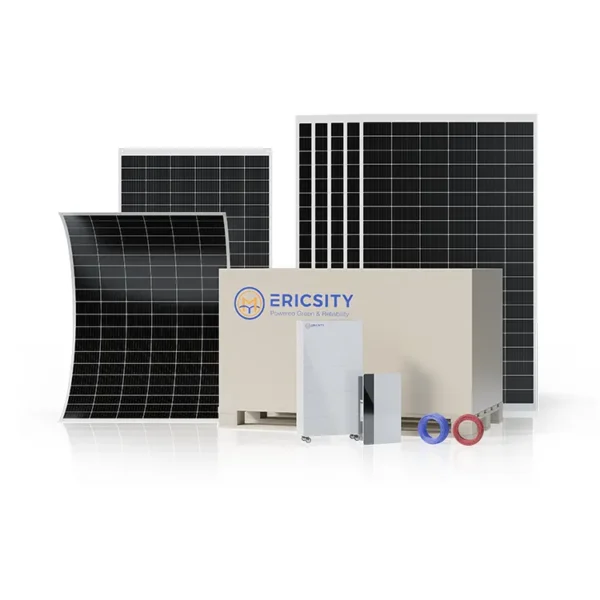HOT PRODUCT
Product Details
The Science Of Solar Efficiency: What Makes Flexible Panels More Effective?
Title: The Science Of Solar Efficiency: What Makes Flexible Panels More Effective?
Introduction:
With the increased global demand for renewable energy sources, solar power is an attractive option due to its abundant availability. Traditional solar panels are rigid and bulky, limiting their applications. However, recent advancements in technology have given rise to flexible solar panels, which offer versatility and efficiency. In this article, we will delve into the science behind solar efficiency and explore why flexible panels have emerged as a more effective solution.
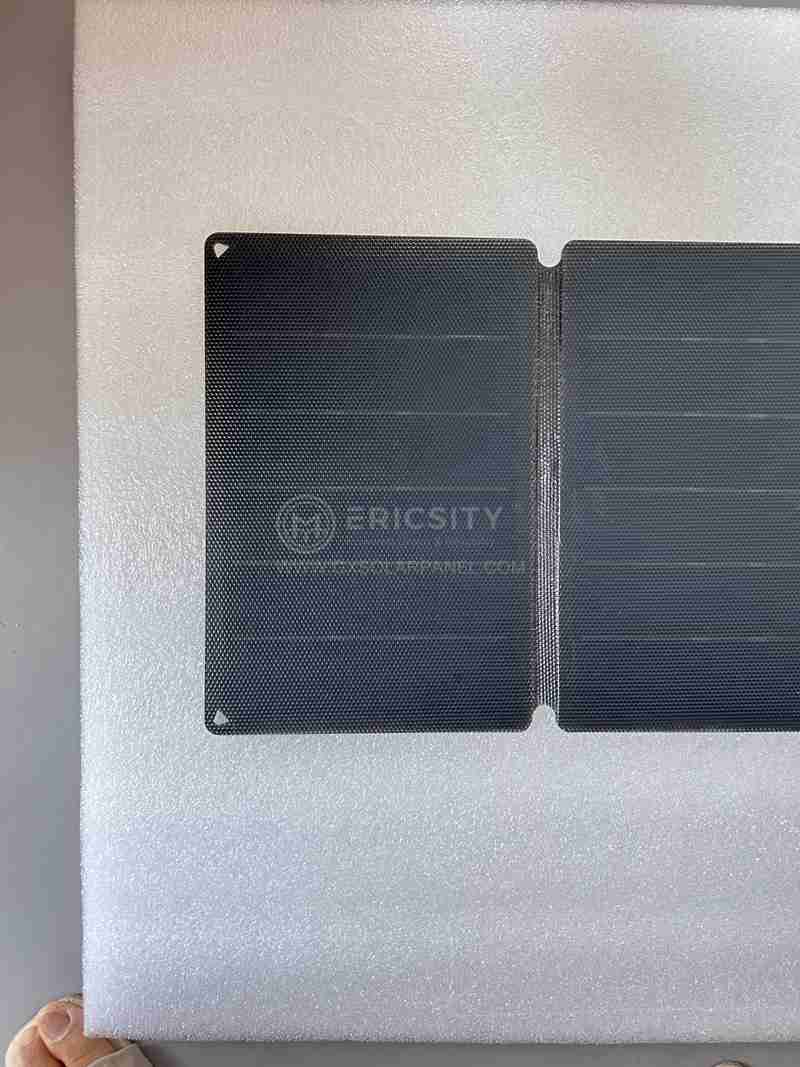
Understanding Solar Efficiency:
Solar efficiency refers to the amount of sunlight a photovoltaic (PV) panel can convert into usable electricity. It is an essential factor to consider when evaluating the performance and cost-effectiveness of solar panels.
1. Increased Surface Area:
Flexible solar panels, also known as thin-film solar cells, are made using advanced semiconductor materials. These materials are applied in thin layers onto flexible substrates, allowing for larger surface areas compared to conventional silicon-based rigid panels. As a result, flexible panels can capture more sunlight, increasing their overall efficiency.
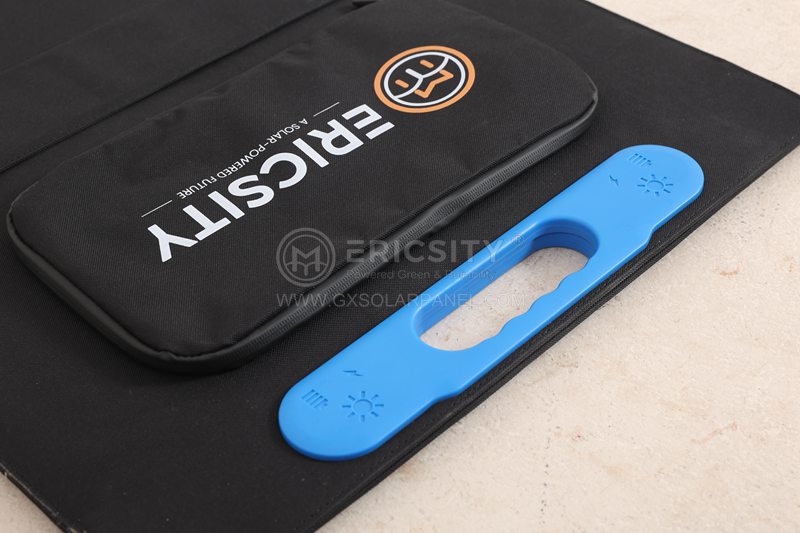

2. Optimal Light Absorption:
Flexible panels employ a specialized architecture that allows for better light absorption. The thin film layers contain light-absorbing materials, such as amorphous silicon or cadmium telluride, which are better suited for harvesting sunlight compared to crystalline silicon used in rigid panels. Furthermore, the flexible nature of these panels enables them to adjust to changing angles of incidence, optimizing their exposure to sunlight throughout the day.
3. Enhanced Partial Shading Performance:
One significant advantage of flexible solar panels is their enhanced ability to perform under partial shading conditions. Traditional panels experience a significant drop in overall efficiency when a portion of the panel is shaded. However, flexible panels can still produce power even when small sections are obstructed. This characteristic is particularly useful in urban areas where buildings or shadows cast by nearby objects can cause shading.
4. Durability and Portability:
Flexible solar panels are manufactured using lightweight and durable materials such as polymers and metals, making them highly portable. Their flexibility allows for easy installation on curved surfaces, opening up possibilities for diverse applications, such as electric vehicles, backpacks, or even clothing. Moreover, this portability enables solar energy harvesting in remote or off-grid locations, enhancing its usability.
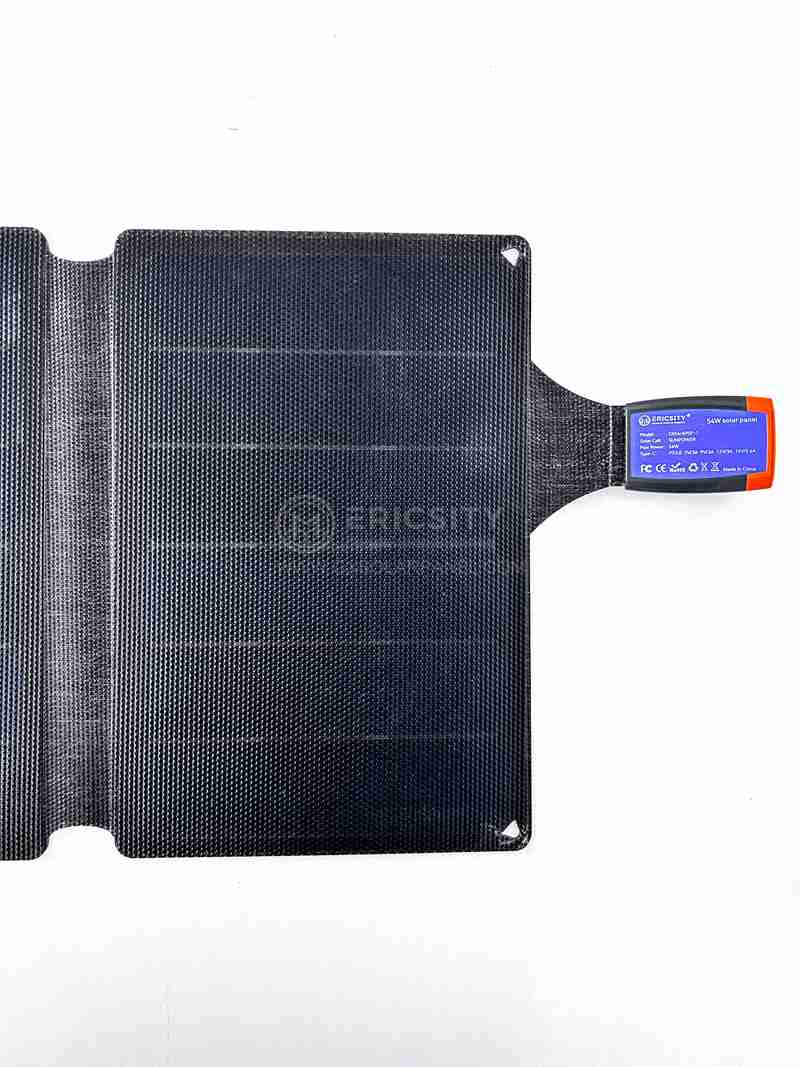
Conclusion:
The science of solar efficiency plays a crucial role in advancing renewable energy technologies. Flexible solar panels have emerged as a more effective solution due to their increased surface area, optimal light absorption, enhanced partial shading performance, durability, and portability. These characteristics make them a versatile choice for meeting the ever-growing demand for renewable energy.
As research and development continue, technological breakthroughs are expected to further improve the efficiency and cost-effectiveness of flexible solar panels. Harnessing the power of the sun through these innovative and adaptable solar panels will undoubtedly contribute to a greener and more sustainable future.



